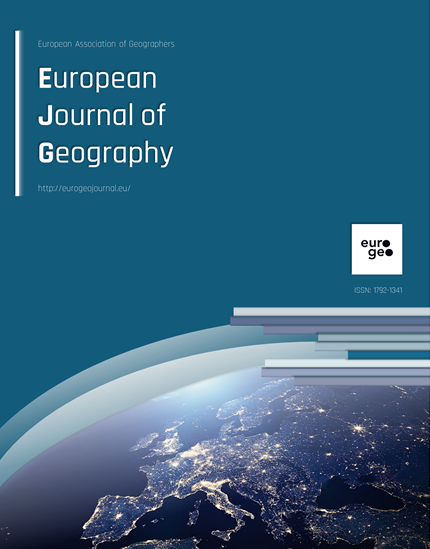REDEVELOPING THE GREYFIELDS WITH ENVISION: USING PARTICIPATORY SUPPORT SYSTEMS TO REDUCE URBAN SPRAWL IN AUSTRALIA.

Published 2012-11-01
Keywords
- GIS,
- participatory Support System,
- urban redevelopment,
- education,
- engagement
How to Cite
Copyright (c) 2023 Stephen GLACKIN

This work is licensed under a Creative Commons Attribution 4.0 International License.
Abstract
Given the recent publications from Australian State governments demanding greater
community and stakeholder engagement in urban planning, as well as calls from international
agencies for a reduction in the footprint, and increase in the sustainable planning, of cities,
there is now the potential for the advances made in geo-tools to have considerable effect.
Arising out of ‘Greening the Greyfields’, a federally funded, inter-state project examining the
feasibility of redevelopment in the middle suburbs, ENVISION was produced as a GISbased, Participatory Support System, for engaging with the diverse array of stakeholders
involved in urban redevelopment. This system was designed to bring wide-ranging land,
demographic and market data together to highlight the redevelopment options, and identify
potential redevelopment precincts, across metropolitan centres, with the aim of initiating
debate between those involved on how best to manage urban growth. The result of this
project has seen ENVISION being used at a state and municipal level, where workshops
based on its use have begun to highlight the barriers to redevelopment as well as the ways
forward for more sustainable redevelopment in the urban Greyfields (middle suburbs with
high levels of un-planned redevelopment, high incidences of culturally and technologically
obsolete dwellings, on land that is highly undercapitalised). Based on the communicative and
deliberative models of community engagement, ENVISION has shown that geo-tools can
have considerable affect in the mutual education of stakeholders, in extracting the pertinent
issues and potential barriers to redevelopment, and in encouraging groups of experts to
produce novel solutions to ‘wicked’ problems that they could not, without the collaboration
that the tool demands, resolve on their own. Ultimately this project highlights the ability of
GIS to not only provide an interface to real-time data manipulation, but its power to be used
as a tool for communicative education between the diverse perspectives within a politically,
technologically, financially and culturally sensitive area.
